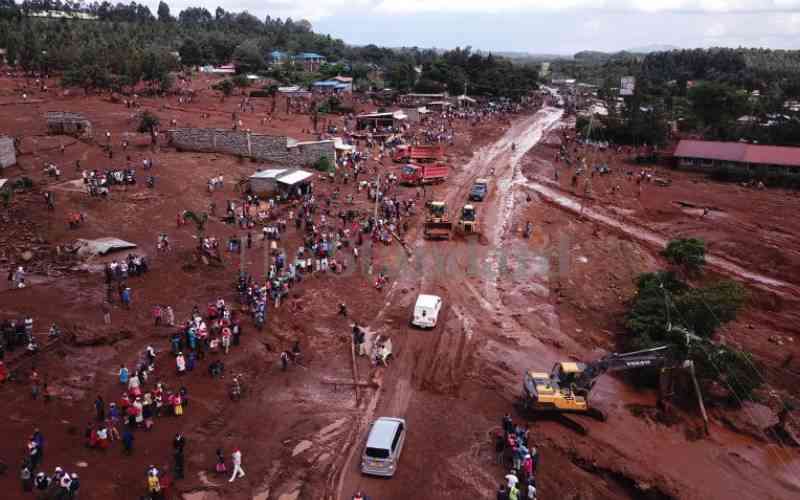×
The Standard e-Paper
Kenya’s Boldest Voice

The evening of May 9, 2018, was just like any other. Most families in Solai had retreated to their homes.
The evening turned unusual with a loud bang. A roar of moving water released from a dam sliced a crater through a hill, washing away power poles and destroying buildings.